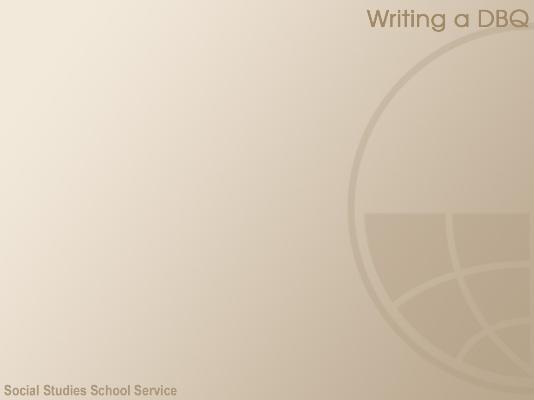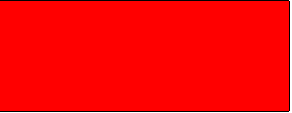




MAJOR CONCEPT
P of V
NEED
DOC

PAT
CON


C
O
A

In addition to the “universal” categories, we’ll add the prompt categories.

Another method of “grouping” would be regions.

“Trade patterns” =
PAT
“Consequences”
= CON

Documents on Africa =
A
Documents on China =
C
Documents on other
regions (Latin America,
Europe) = O
Your
Table